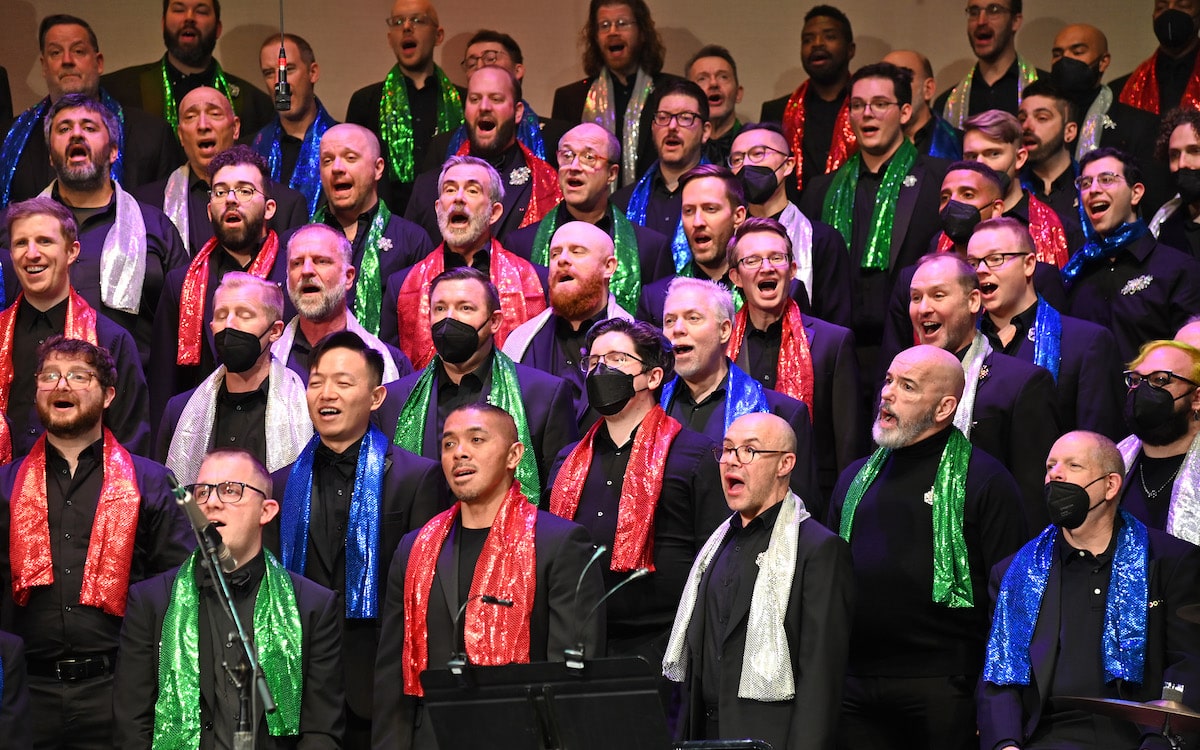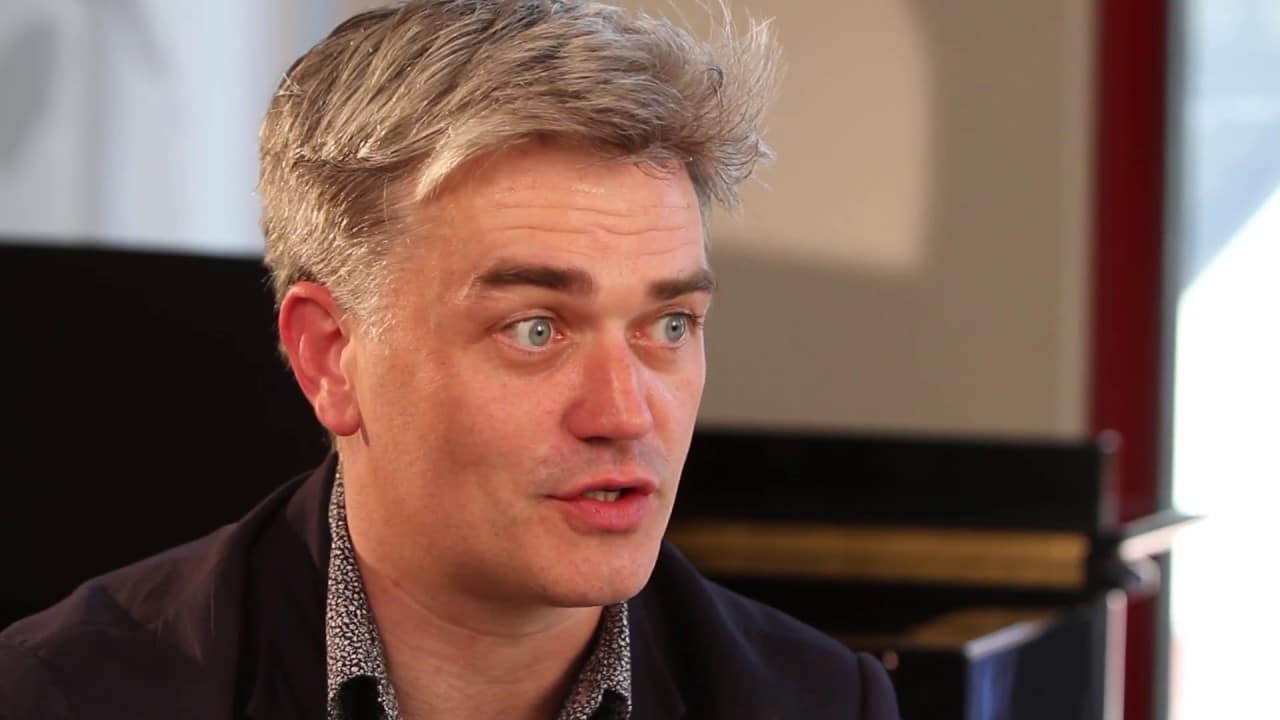Five key tips for making a classical music video
mainVideographer and musician Stewart French, whose work we have featured several times on Slipped Disc, has come up with a chart of simple dos and don’ts for artists wanting to appear at their best on a short music video.
Example:
We all know what a person, sitting at a piano, playing, swaying backwards and forwards looks like. And we know that a piano has keys that get pressed to move hammers that hit strings. Six seconds of our film is quite enough time to communicate that.
For the remaining 2 minutes 54 seconds get intimate. Film your eyes, a sigh, the touch of your finger on the ivory, a moment of technical agility, the way you hover over the final chord.
Read on here.






I found the two sentences after NL’s quote did something to help justify the editing/ camera angle stuff that drives so many of us crazy.
“If the viewer wants to focus purely on the music they’re welcome to shut their eyes. But if they want to watch you making the music, make sure they are watching something interesting.”
(Also, he says, don’t edit too much or too clumsily, or it becomes a distraction. Clumsy editors please take note 😛 )
Professional posture guide for pianists:
1. Oscillate the whole upper body ostentatiously and rhythmically back and forth from the hip joints as the fulcrum, with an amplitude such that you are just short of being able to kiss the base of the music stand on the forward half of the movement. Frequency approximately one per 8 seconds.
2. On 1, superimpose a further oscillation with a slightly higher frequency. The point of origin is half way up the spine, leaving the lower half of the spine unchanged but bending the upper half forward and back in relation to it. On combining 1 and 2 you should be able to kiss the black keys.
3. Produce pronounced simian grimaces in the facial features and rotate the head laterally while doing so. Some salivation is allowed.
4. Alternate 3 with opening and closing the eyes while tipping the head backwards in an attitude of religious ecstasy or orgasm. Vibrate the lower jaw as appropriate.
5. For the ladies: wear a short low-cut dress (front and back) without a bra. For the gentlemen – too bad, you are being outcompeted by the opposite sex. Consider an alternative profession.
6. See an osteopath every two weeks.
The videography reminds me of the old Benny Hill sketch, where a pretentious interviewer is interviewing a film director, played by Benny:
Interviewer: I was so moved that your film changed from color to black & white after the main character’s wife left him.
Director: We changed to black & white because we ran out of color film.
Interviewer: I was impressed by your choice of a hand held camera in the film.
Director: No, it was not a choice. We didn’t have enough money for a tripod.
1.) Whatever you do, don’t make it harder for the mind to comprehend the music, which happens mostly through hearing.
2.) don’t take yourself too important as a videographer. In music filming, you are only an assistant to the bigger whole, transporting music and performance to the media listener.
3.) use the only advantage of video has over sound when it comes to the transmission of music: show the musical intention and the communication (if there are more than one player). NOT the execution of the musical playing. The latter is boring to often even ugly.
4.) understand phrasing and breathing(!). A musical phrase starts with the physical preparation and breathing, not with the first tone.
…
Incredible. I love the post. Great ideas.
thanks for the information